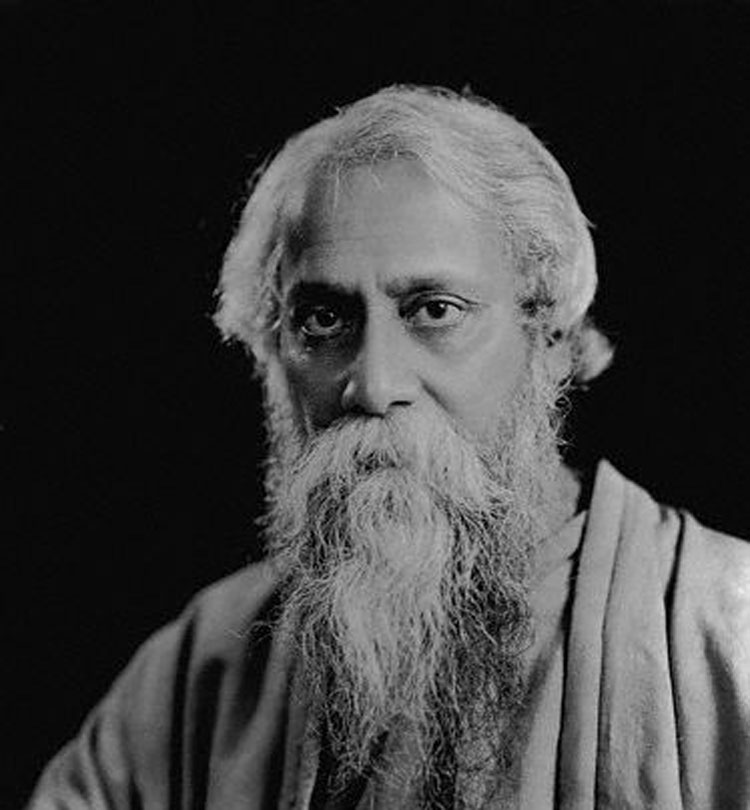The Rabindra Bhavana museum at Visva-Bharati will publish a book on Rabindranath Tagore’s memorabilia from Japan and also organise an exhibition of the collections in January next year.
Officials said the university had in its collection over 100 items that Tagore had either picked up during his five trips to Japan since 1916 or had received as gifts.
The items include five kimonos, three ceramic tea bowls, painting brushes, musical instruments and paintings. Tagore liked to wear kimonos, a traditional Japanese garment. Some of the items are on display at Rabindra Bhavana.
“We have in our possession many items that Tagore had brought from Japan. But we don’t know in detail about each of the items, including the logos and the art on the kimonos and bowls. The consul-general of Japan, Masayuki Taga, has seen the items and promised to inform us about the details with the help of Japanese experts,” said
Nilanjan Banerjee, the special officer of Rabindra Bhavana. Taga visited Rabindra Bhavana on Friday.
The details will be useful while working on the book, Visva-Bharati sources said.
Tagore was so influenced by the culture, arts and livelihood of Japan that he wished he could bring back with him a Japanese house to Santiniketan, the sources said.
“We will publish a book on Tagore’s memorabilia from Japan after getting details about each item. We will also organise an exhibition of the items in January during the release of the book,” Banerjee said.
During the book release, a Japanese tea ceremony and a calligraphy art exhibition will also be organised in Santiniketan.
A source said during an inspection of the items, Visva-Bharati officials had found many items about which they did not have any knowledge.
“For example, there is a white logo on one of Tagore’s kimonos. We have no idea what the logo represents. There are also paintings on some ceramic bowls, but we don’t know when they were manufactured and what the art signifies. The Japan government may help us with these,” an official said.
Many paintings that Tagore had brought from Japan do not bear the name of the painter or the date of the creation.
There is little information about Tagore’s collections from Japan in the Rabindra Bhavana archives, neither is there a proper catalogue.
Officials said the planned book would help scholars in their research on Tagore’s connection with Japan.











